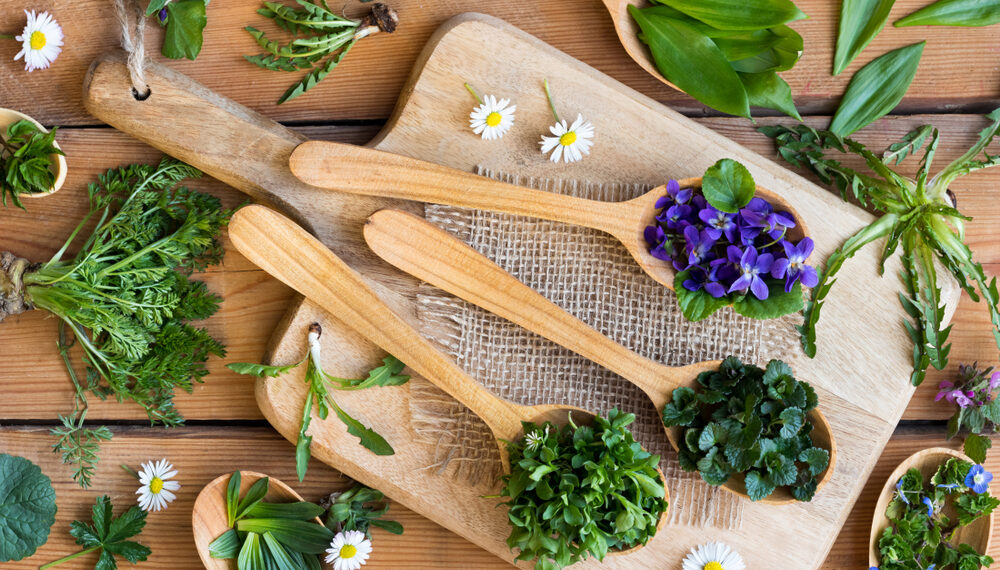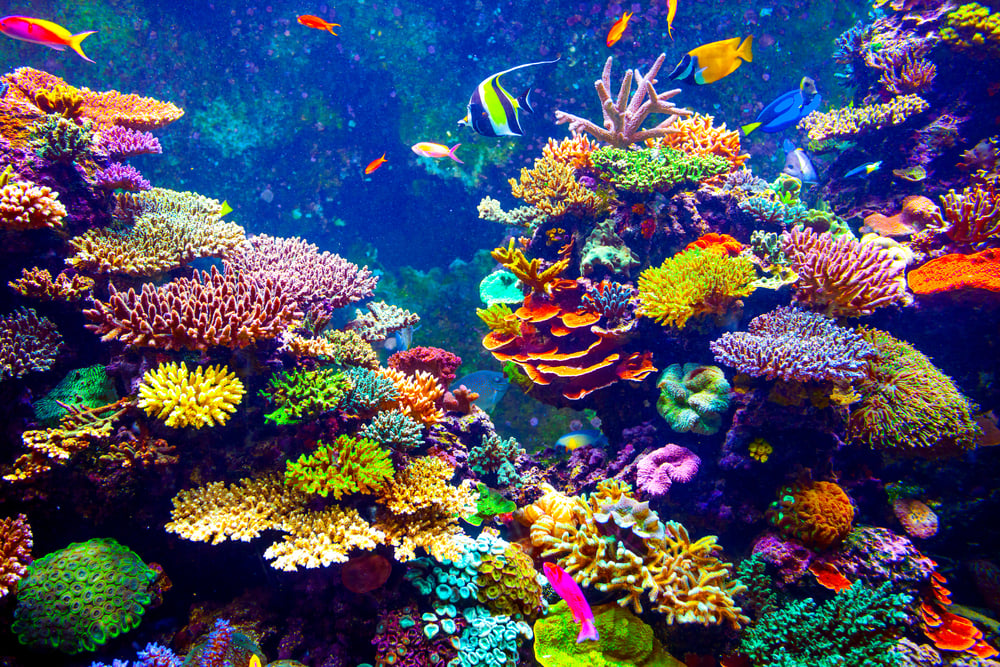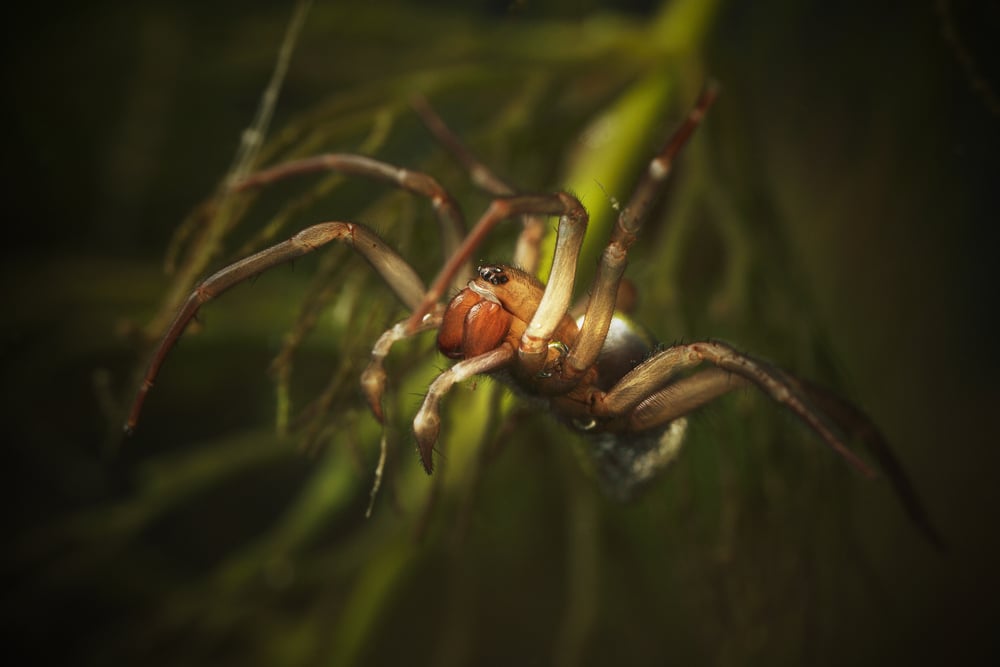Humans rely heavily on a small number of plant species for their food supply, consuming just 0.1% of the planet’s edible plants. This is a concerning reality, as it means that we are not only missing out on the vast array of nutritional benefits that other plant species can provide, but we are also putting ourselves at risk of food insecurity in the face of climate change and other environmental challenges.
The main reason for this limited consumption of edible plants is that humans have historically favored a small number of plants that are easy to grow and harvest, as well as those that have a long shelf life and can be stored for long periods of time. For example, wheat, rice, and corn make up the majority of the world’s food supply, and are used to produce products such as bread, cereal, and pasta.
This reliance on a small number of plant species is problematic for a number of reasons. First and foremost, it means that we are not getting the full range of nutrients that our bodies need to function properly. Other plant species that we are not consuming regularly can provide a wide variety of vitamins, minerals, and antioxidants that are essential for good health.
Moreover, the limited number of plant species that we consume also puts us at risk of food insecurity in the face of climate change. As temperatures rise and weather patterns become more unpredictable, it will become increasingly difficult to grow the crops that we currently rely on. By diversifying our food supply and consuming a wider variety of plant species, we can make ourselves more resilient to these changes.
There are many ways that we can start to consume a greater variety of edible plants. One way is to start growing a wider variety of crops in our gardens and on our farms. This can be done by experimenting with different plant species, and by learning how to grow them in different conditions. Additionally, we can also start to incorporate a wider variety of plant-based foods into our diets, such as nuts, seeds, and fruits that are not typically found in the mainstream food supply.
Another way to incorporate more plant diversity is to learn more about traditional and indigenous foods that are not as well known. These foods may be well adapted to local conditions, and can be a sustainable and healthy way to diversify our diets.
Another important step in expanding our consumption of edible plants is to support and promote small-scale and local farmers who are working to grow a diverse array of plant species. These farmers often have a deep knowledge of their local environment and the plants that grow well in it, and can provide a valuable resource for expanding our food options. By supporting local farmers, we can help to create a more sustainable food system that is better able to adapt to the challenges of climate change.
Another way to consume more edible plants is to explore and embrace cuisines from around the world. Many cultures have a long history of using a wide variety of plant species in their cooking, and by trying new dishes and ingredients, we can expose ourselves to a range of flavors and nutritional benefits that we may not have otherwise encountered.
We can also work to change the way that food is grown and distributed. This includes using sustainable agricultural practices that conserve biodiversity and support a healthy ecosystem, as well as investing in research and development to create new crop varieties that are better suited to changing climate conditions.




